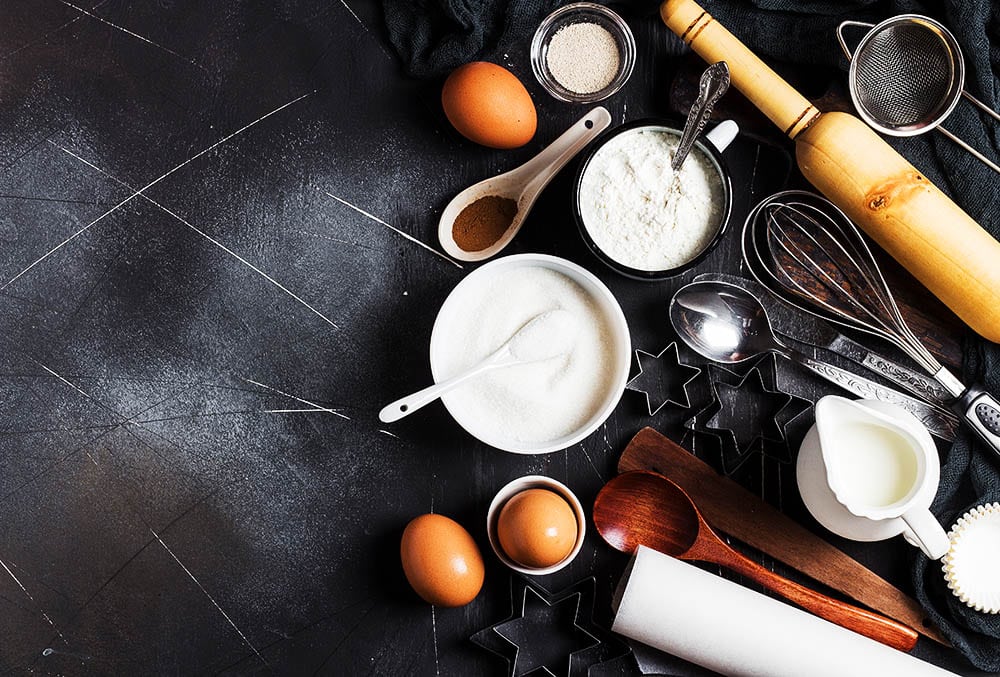The History of Cakes
Cakes have been a staple dessert for centuries, with their origins dating back to ancient times. The ancient Egyptians were known for their love of baked goods, with early forms of cake believed to have been created during their time. However, it was the Greeks who first coined the term «cake,» with various recipes for different styles of cakes appearing throughout the centuries.
In medieval Europe, cakes continued to evolve, with a focus on using ingredients such as honey, fruit, and spices. As sugar became more widespread during the 16th and 17th centuries, desserts began to take on a more dessert-like quality with sweeter flavor profiles. By the 18th century, cakes were associated with extravagant events and became a symbol of social status.
The Different Types of Cakes
Today, there are countless varieties of cakes, all with unique flavors, textures, and ingredients. Here are some of the most popular types of cakes you need to try:
– Butter Cake: This classic cake is made with butter, sugar, eggs, and flour. It has a rich, dense texture and can be flavored with a variety of add-ins, such as vanilla or almond extract.
– Chocolate Cake: This cake is a chocolate lover’s dream come true. Made with cocoa powder and often topped with frosting, it can be enjoyed in a wide variety of forms, including classic layer cakes, cupcakes, and even flourless chocolate cakes.
– Cheesecake: This creamy dessert is made with a mixture of cream cheese, eggs, sugar, and graham cracker crust. It can be flavored with everything from fresh fruit to chocolate and can be served in baked or unbaked form.
– Chiffon Cake: This airy cake is made with whipped egg whites, flour, sugar, and vegetable oil. It has a tender crumb and can be flavored with everything from lemon zest to fresh fruit.
– Sponge Cake: This light, fluffy cake is made with eggs, sugar, and flour. It has a delicate texture and can be flavored with a variety of add-ins, such as vanilla or lemon extract.
The Art of Decorating Cakes
While the flavors and textures of cakes are important, so is their appearance. Cake decorating is an art form in and of itself, with bakers using a variety of techniques to create stunning designs and edible masterpieces. Here are some of the most popular cake decorating techniques:
– Fondant: This pliable, sugar-based dough can be rolled out to cover cakes and create intricate designs. It is often used to create wedding cakes and can be molded into various shapes and figures.
– Buttercream: This classic frosting is made with butter, powdered sugar, and milk or cream. It can be flavored with various extracts and can be used to create everything from simple borders to intricate flowers.
– Royal Icing: This frosting is made with powdered sugar, egg whites, and lemon juice. It dries hard and can be used to create intricate details and piping.
– Edible Printing: With advancements in technology, bakers can now print edible images onto sheets of frosting. These sheets can then be applied to cakes, cupcakes, and other desserts to create custom designs.
Cakes for Special Occasions
Cakes play a big role in celebrations and are often associated with special occasions. Here are some of the most popular types of cakes and desserts for special occasions:
– Wedding Cakes: A wedding cake is often the centerpiece of a wedding reception. These cakes can be tall, multi-tiered creations with intricate designs and flavors.
– Birthday Cakes: A birthday cake is a classic way to celebrate another year of life. These cakes can be simple or elaborate and feature anything from a number candle to a full-on themed design.
– Holiday Desserts: From pumpkin pie at Thanksgiving to Yule log cakes at Christmas, there are a wide variety of desserts and cakes associated with different holidays throughout the year.
Tips for Baking the Perfect Cake
If you want to try your hand at baking delicious cakes at home, there are a few tips to keep in mind:
– Use quality ingredients: The quality of your ingredients will significantly impact the flavor and texture of your cake. Use fresh ingredients, and whenever possible, opt for high-quality butter, flour, and chocolate.
– Follow the recipe: Baking is a science, and following a recipe is critical to achieving the desired outcome. Measure your ingredients carefully, and follow the instructions closely.
– Allow for proper cooling time: Allowing your cake to cool properly before decorating is essential. This prevents the frosting from melting and helps ensure a smooth finish.
– Take your time decorating: Decorating a cake takes patience and practice. Start with simple designs, and don’t be afraid to experiment with different techniques and flavors.
Conclusion
Cakes are more than just desserts – they are a part of our history and culture. With countless varieties, flavors, and decorating techniques, they are also a form of edible art that can be enjoyed for any occasion. Whether you want to try baking a classic butter cake, sampling an elaborate wedding cake, or experimenting with your own decorating skills, there’s never been a better time to explore the world of cake.
